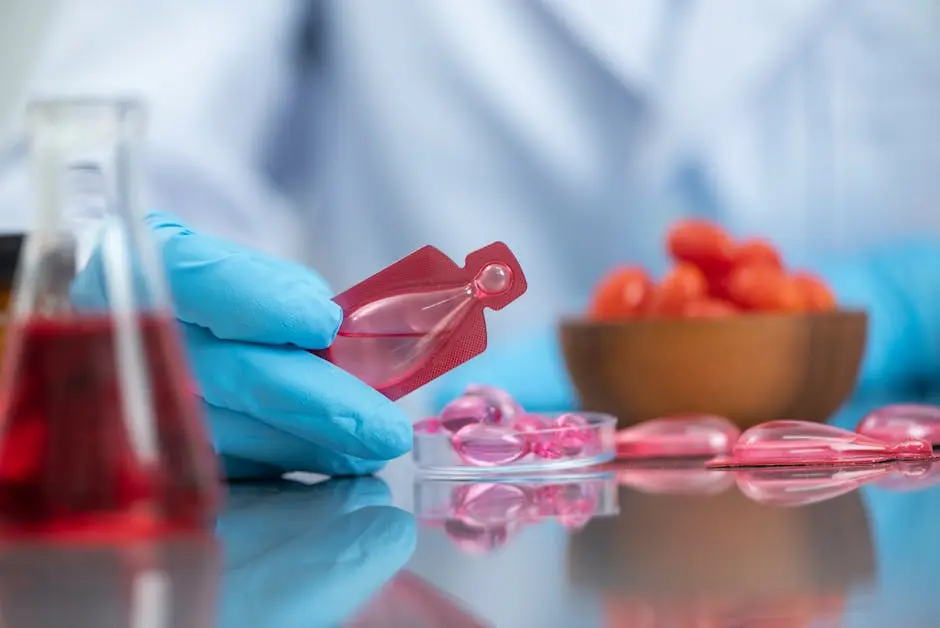Chemical peels are a popular skincare treatment that can help improve the appearance of your skin. However, if you’re considering a chemical peel, you may be wondering whether it’s safe for your specific skin type. Let’s delve into this topic and explore the essential considerations to determine if a chemical peel is right for you.
Understanding Skin Types
Before we can assess the safety of chemical peels, it’s important to understand the different skin types and how they react to treatments.
There are four main skin types: normal, oily, dry, and combination. Each type has its unique characteristics and may react differently to chemical peels.
For instance, individuals with oily skin often benefit from chemical peels as they can help reduce excess oil and minimize breakouts. In contrast, those with dry skin may need specific caution, as some peels can exacerbate dryness.
Understanding your skin type not only helps in selecting the right chemical peel, but also in setting realistic expectations for the results.
Always remember that the characteristics of your skin can change with age or environmental factors, so regular assessments are important.
Types of Chemical Peels
Chemical peels range from superficial to deep, catering to varying skin concerns and types. Each type has its unique approach and intended outcome.
Superficial peels, often made with alpha-hydroxy acids, are mild and effective for all skin types. They gently exfoliate the outermost layer of skin, making them an excellent option for first-timers.
Medium peels penetrate deeper and use trichloroacetic acid, offering greater results for pigmentation and wrinkles. While they can be safe for many skin types, caution is advised for sensitive skin.
Deep peels, containing phenol, are the most intense. They deliver significant results for severe sun damage and wrinkles. However, they can come with greater downtime and risks, making them suitable for specific skin types.
Choosing the right type of chemical peel is key to ensuring safety and maximizing benefits. Consulting with a professional can help you navigate these options.
Benefits of Chemical Peels for All Skin Types
Chemical peels offer numerous benefits that can enhance the health and appearance of your skin, no matter your skin type.
For starters, these treatments can reduce the visibility of dark spots, even out skin tone, and improve texture. Whether you have oily, dry, or combination skin, these benefits are universally valuable.
Additionally, chemical peels can stimulate collagen production, which is essential for maintaining skin elasticity and reducing signs of aging.
Moreover, many people report experiencing a rejuvenated glow post-peel, giving them a boost in confidence. It’s important to remember, the key lies in choosing the right peel for your skin type.
Understanding that the outcomes can vary based on skin type and individual concerns helps in setting goals for the treatment. An open dialogue with your skincare professional will provide tailored advice for optimal results.
Potential Risks and Considerations
While chemical peels can be highly effective, it’s essential to approach them with awareness of the potential risks involved.
Some individuals may experience redness, peeling, or irritation after the procedure. These reactions can vary depending on skin type as well as the type of chemical peel used.
Those with sensitive skin or conditions like eczema or rosacea should exercise caution and discuss their options thoroughly to avoid complications.
It’s also important to consider post-peel care. Proper hydration, sun protection, and following aftercare instructions are critical for achieving the best results.
Ultimately, understanding the risks helps you make an informed decision about whether a chemical peel aligns with your skincare goals.
Consulting a Professional
Before proceeding with a chemical peel, consulting with a skincare professional is essential to evaluate your skin’s specific needs.
A qualified practitioner can conduct a thorough assessment of your skin type, concerns, and medical history to ensure you’re choosing the right option for you. They can offer insights into the most suitable type of chemical peel.
In addition to ensuring safety, professionals can set realistic expectations regarding the procedure, including recovery time and results.
Remember, every individual’s skin is different, and personalized advice can help you achieve the best possible outcomes.
Taking the time to consult with an expert is not just about minimizing risks; it’s about empowering yourself to make the right decisions for your skin.
Final Thoughts
Ultimately, determining whether a chemical peel is safe for you depends on your individual skin type and concerns. Consulting with a qualified skincare professional is crucial to make an informed decision.







